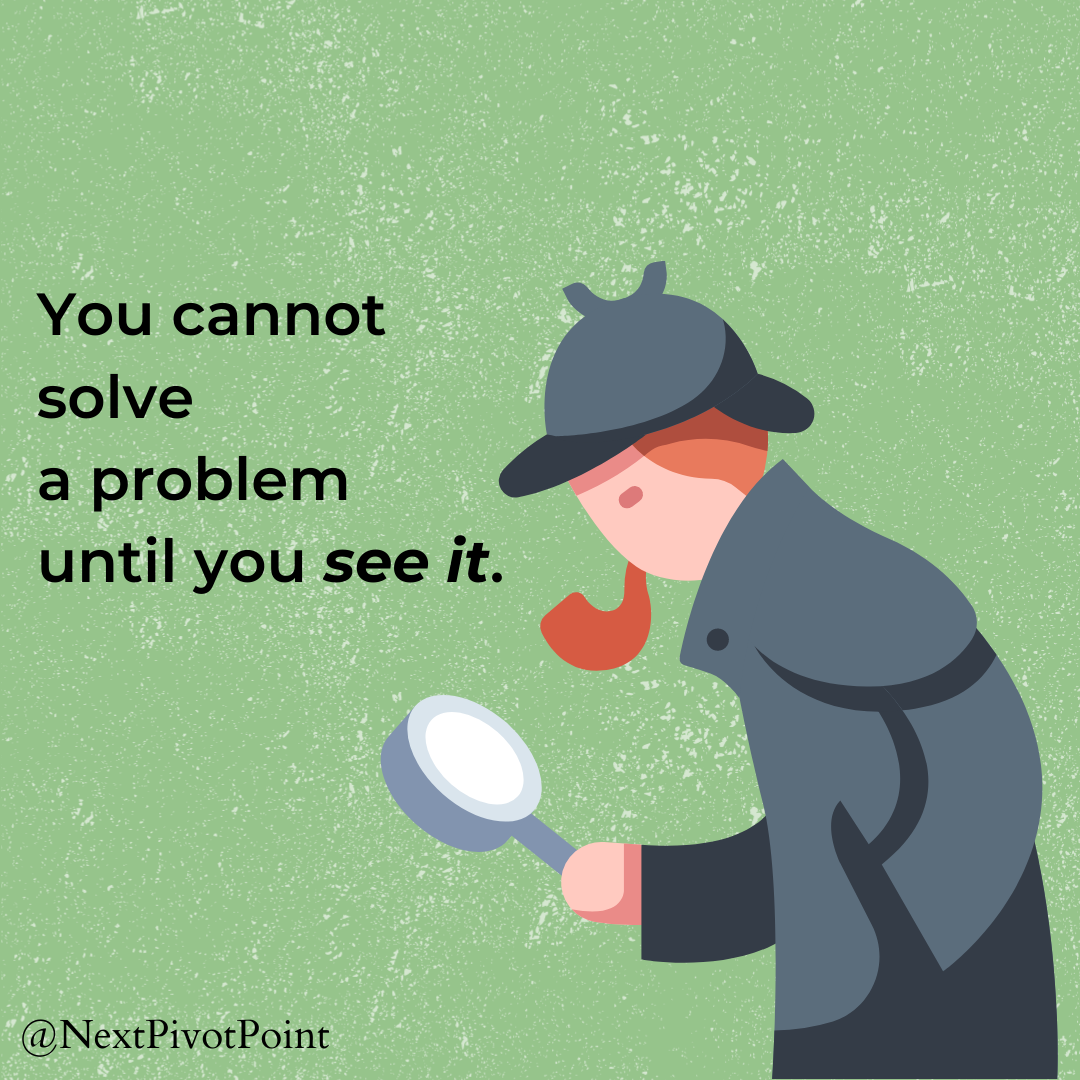We fear what we do not understand
Unfortunately DEI is a polarizing topic in the workplace – some employees want way more to be done, and some are just starting to understand it is a problem. As humans, we fear what we do not understand. By definition, we do not know the lived experiences of others. When someone shares a story about their experiences with the adversity of diversity, oftentimes people judge or inadvertently shame or blame the person that was harmed rather than believe their stories.
We all have cognitive bias. Our brain understands our own lived experiences and our own lens of the world and it is harder to take on the perspective of someone that has had unique challenges and lived experiences that are vastly different from our own.
When 80% of senior leadership teams and C-suites and boards are made up of the majority group demographic (primarily white, straight, cisgender, non-disabled men), this is problematic in DEI. If you haven’t had the lived experiences of folks different from yourself, then without course correction you likely have a cognitive bias to expect that people have generally been treated the way you have been in your life. It’s very difficult to develop a DEI strategy that is holistic for all folks, especially ones different from the majority group, without addressing this bias.
We have found client listening sessions to be incredibly powerful for this reason. It helps folks in the majority group better understand the lived experience of others from diverse groups without re victimizing diverse groups or forcing marginalized groups to educate the majority group. Getting folks from diverse backgrounds in a room (or a virtual room) together to talk candidly about their lived experiences helps to create a psychologically safe place where we can talk about real issues that are impeding the progress of DEI.
No organization is where they want to be with DEI.
Clients often ask us for examples of organizations that have achieved diversity, equity, and inclusion. Sadly, no organization has arrived at the DEI end point – everyone will be on the journey indefinitely. We always say, “DEI is a journey, not a destination”, and this is a reality. We must stay committed to continual growth and change for the better.
To better understand the unique needs of diverse groups, a proven framework we’ve used for listening sessions includes organizing people into groups of no more than a dozen where they can candidly talk and answer open-ended questions. The facilitators role is to simply listen, not judge, and someone should be there to record responses anonymously.
After a good representative sample of that demographic (generally speaking 5 to 10 listening sessions), we then complete a report summarizing key insights and ideas for the organization. The benefit of having an outside facilitator is that you remove the bias and the judgment challenges and provide a psychologically safe place for employee anonymity to be protected. We use a variety of anonymous polling features to get everyone involved from a quantitative as well as a qualitative research perspective.
Inclusive leaders ask good questions.
Some questions to consider in an effective DEI listening session:
- How would you describe what DEI means here?
- How committed do you believe the organization/leadership is to DEI? (1=5 point scale poll)?
- Is this organization a place you feel like you belong? Reasons why or why not?
- Where is our organization doing well with DEI?
- Where does our organization have opportunities to improve DEI?
- What ideas might you recommend to the leadership team to improve diversity and inclusion?
- How inclusive is your direct manager (1=5 point scale poll)?
- What would you like to see more of from your direct manager with DEI?
- If you could pick one thing for us to do to show a bigger commitment to diversity, equity and inclusion, what would have the biggest impact?
- What have we not discussed that needs to be discussed about diversity, equity, and inclusion?
While the data does tell a story, the key themes become obvious early. It’s important in a research process to really dig into the insights and ask- “Why is this happening and how can we resolve the root causes of this issue?”. Well-intentioned leadership teams are often looking for quick fixes. Systems of inequalities that have existed for decades will not be fixed in the short-term. With a strong research process, leaders can learn the real issues, ideas for improvement, and ultimately how to deeply embed DEI within the organization’s culture.
Want to do better, and not sure where to start? Contact us today to learn more about our listening sessions solution. We’ve also developed the Lead Like an Ally virtual self-paced training program, perfect for organizations struggling with accountability for diversity. You can also check out all of our other virtual and live program offerings.

